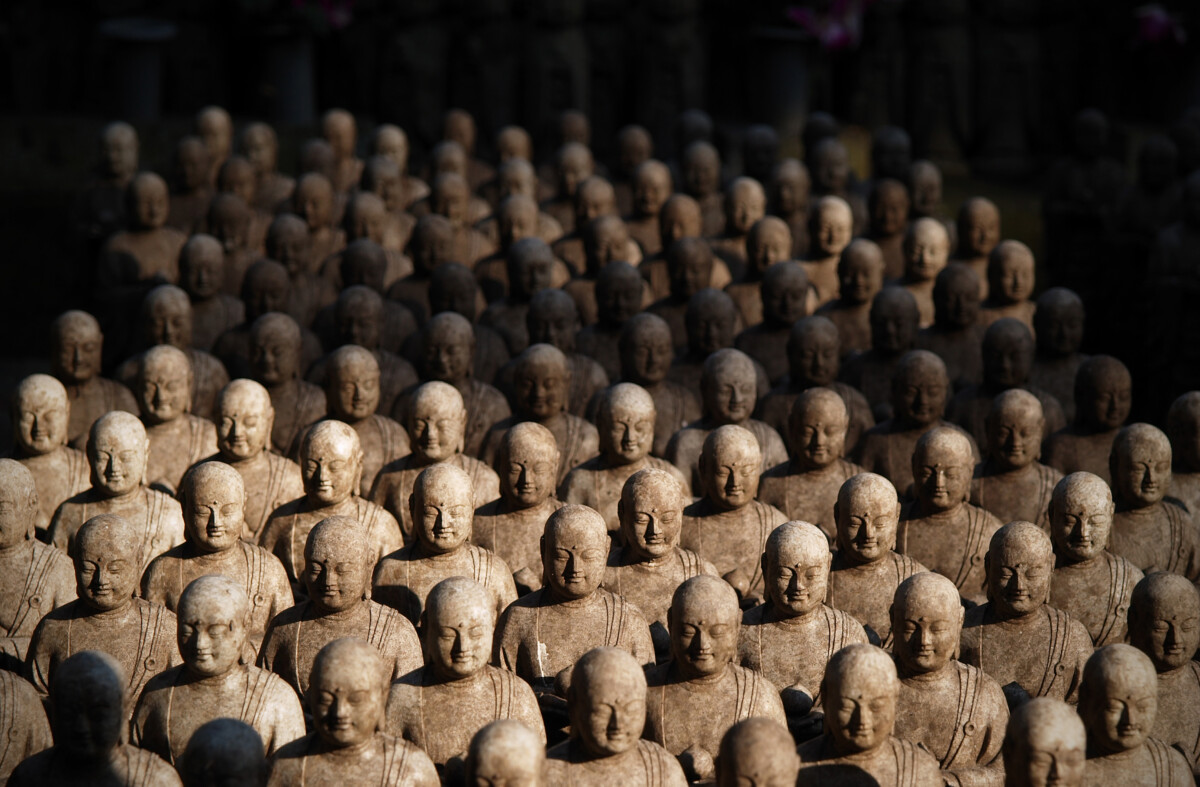
Budo Beat 13: The Fixated Mind
The “Budo Beat” Blog features a collection of short reflections, musings, and anecdotes on a wide range of budo topics by Professor Alex Bennett, a seasoned budo scholar and practitioner. Dive into digestible and diverse discussions on all things budo—from the philosophy and history to the practice and culture that shape the martial Way.
The beauty of budo isn’t just in the clash of steel or the discipline of training—it’s in the way it can sharpen how we see the world. It doesn’t preach, doesn’t pick sides; it simply offers a broader lens, a way to navigate the chaos without getting lost in it. And looking at the world today—where certainty hardens into dogma and every side digs in like it’s a siege—I keep being reminded of a teaching called shishin. It’s a lesson in movement, in adaptability, in not letting the mind get stuck. And right now, it feels more relevant than ever.
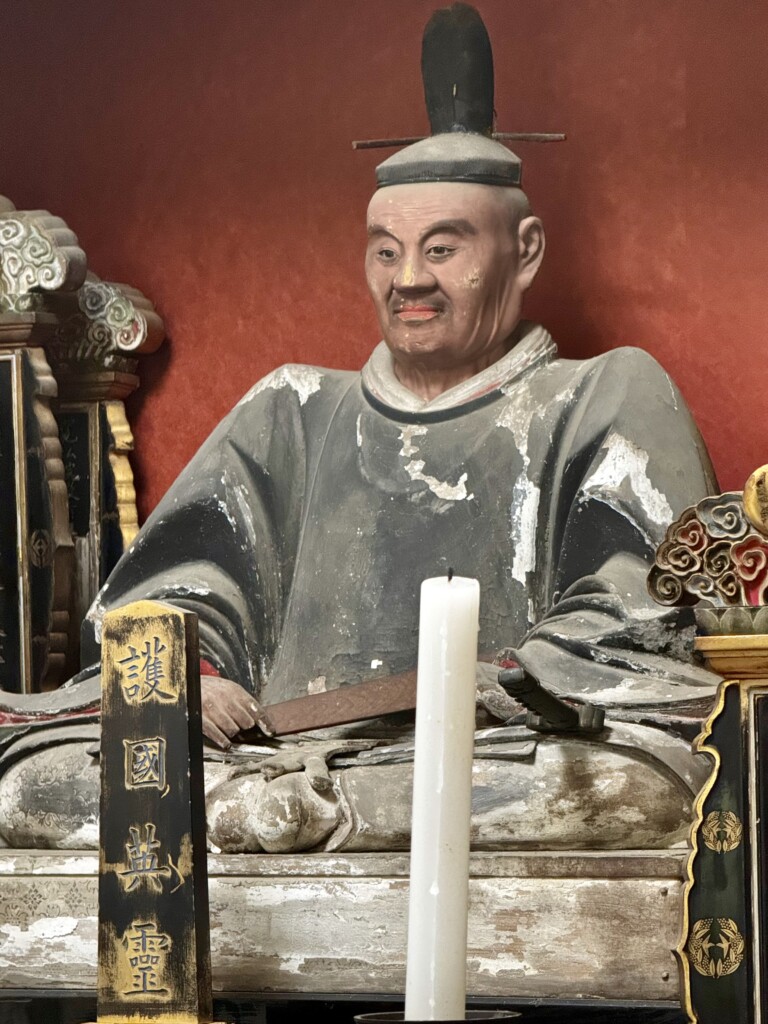
The concept of shishin (止心 = “stopping heart”) warns against fixation or attachment, urging practitioners to maintain fluidity and flexibility. It describes a state where the mind becomes stuck or attached, hindering responsiveness. Yagyū Munenori, in Heihō Kadensho (1632), emphasises the importance of an unbound mind, stating, “If the mind stops, the sword stops.” The moment one’s attention latches onto a single thought—whether an intent to strike, a plan to defend, or an emotional reaction—it disrupts the natural flow of movement, making one predictable, vulnerable, and even stock-still.
Takuan Sōhō, the Zen master of Munenori, wrote in his famous treatise Fudōchi Shinmyōroku on which much of Heihō Kadensho is based,
“Where do you place your mind? Do not fix it in one spot within the body—rather, leave it there and abandon attachment to it. The mind does not wander elsewhere; it remains where it needs to be. Proper training is in ensuring the heart never settles in a single place. The essence lies in this: do not place the mind anywhere. If it is not attached anywhere, it is present everywhere. But if you send your mind outward and fix it in one direction, you lose awareness of the other nine. Only when the mind remains unfixed does it exist in all ten directions.“[1]
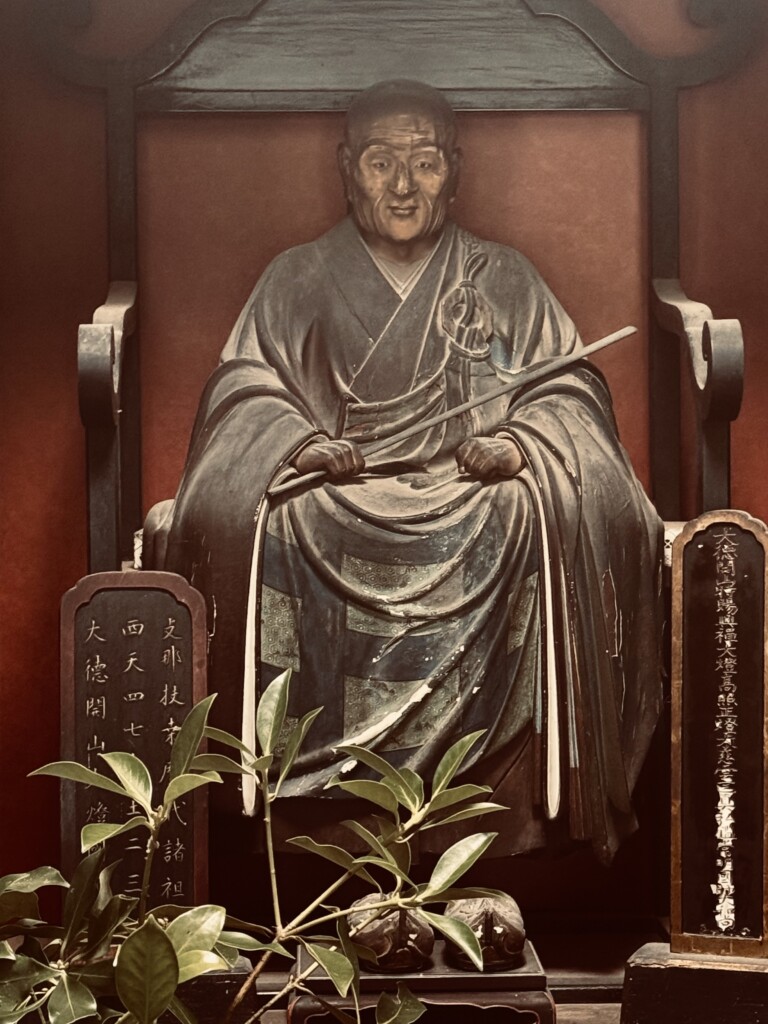
That is to say, if your mind gets stuck on one thing, you lose awareness of everything else. Instead of trying to pin it down, let it move freely—when it’s not fixed anywhere, it can respond to everything. In a fight, in life, in anything, the moment you lock your focus too tightly, you create blind spots. But if you keep your mind open and adaptable, you see all possibilities at once.
If a martial artist fixates solely on attacking, they become oblivious to possible counters. Likewise, an excessive focus on evasion leads to hesitation, preventing them from seizing the initiative. Real skill in budo lies in maintaining a flowing awareness that does not cling to any single point, allowing for spontaneous and effective action and reaction.
This principle aligns closely with enzan no metsuke—“looking at a distant mountain”—whereby one maintains a broad perspective of the whole mountain rather than being consumed by the things in front of you, ensuring clarity and flexibility. Either one in no way teaches you to forget about the small details. These are important, too. The idea is to not get bogged down in them so much that you are unmindful of the larger picture.

Shishin in particular is a warning against both mental and physical stagnation, urging practitioners to cultivate a mind and body that moves freely, neither loitering nor hesitating, and not attaching to a single point of reference. When the mind stops, the body stops, and that leads to extinction. Everybody who has practised a martial art knows exactly what I’m talking about. I think the opposite of this state is what is called “being in the zone”.
“If only the mind did not loiter, There would be nothing that could not be accomplished.”[1]
A budo poet’s way of saying: stay too long, and what once felt like freedom starts looking suspiciously like a cage. The lesson? Keep moving, keep shifting, and keep your mind as nimble as a cat avoiding a bath. This is the essence of shishin—the trap of a fixated mind. Once you let yourself completely latch onto something—a place, a habit, an idea—you’re in danger of not seeing the bigger picture, like staring at a single brushstroke and missing the whole painting. Your world shrinks, just like when you focus too hard on a single leaf and forget the whole tree. And suddenly, your freedom to act? Gone. Your perspective? Narrowed. Your mind? A prisoner of its own obsession.

It might be a bit of a stretch, but I reckon a lot of what’s wrong with the world could be put down to toxic doses of shishin. People cling to their ideological tribes as if they were lifeboats—never mind that they’re already taking on water. The leftists, the rightists, the centrists, the nationalists, the globalists, the fundamentalists, the atheists, the don’t-give-a-shitists… the interminable list of ‘ists’ is each convinced that their blueprint for the world isn’t just correct, but is the only one worth considering. My point here is that having convictions and beliefs isn’t the problem—stagnation through fixation is. When we stop questioning, stop listening, and stop entertaining the possibility that we might not actually have all the answers, we become rigid in our beliefs to the extent that never the twain shall meet. This kind of unyielding rigidity, as history has shown time and again, breeds conflict. And behold, we’ve entered a perpetual vicious circle, and we all lose.
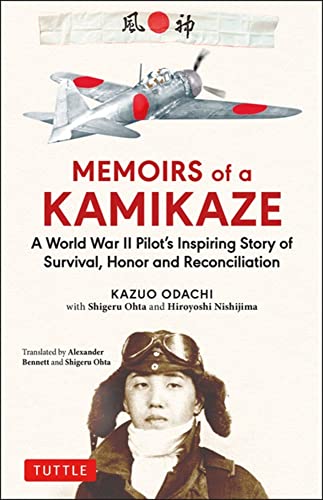
Shishin is a trap people fall into in everyday life, whether in the boardroom, the classroom, the bedroom, or the dojo. Consider the professional who clings stubbornly to outdated methods, insisting that “this is how we’ve always done it”, until one day they find themself replaced by a bright-eyed intern who can automate their entire workload with a single app. Or the student so obsessed with memorising formulas that when the test demands actual thinking, they sit there blinking like a deer in the headlights. Seen plenty of them in my day.
Even in relationships, shishin digs in its claws. The hopeless romantic, expecting love to come with a sweeping score and perfect lighting, might overlook the real thing because it doesn’t cue the orchestra. The control-freak manager, convinced no one else can do the job right, ends up buried in paperwork while their team watches the slow-motion collapse. And the friend clutching an old grudge like a family heirloom? One day, they’ll look up and realise they’ve outlived their own friendships.
Just as a martial artist stays fluid in a fight, we need to stay flexible in thought and action. The world never stops shifting, and gripping too tightly to any belief, method, or expectation only locks us in place. Real strength isn’t just holding firm—it’s knowing when to let go. Get the balance right between conviction and a mind that moves freely, and you might just make it through without tripping over your own certainty. Lately, that lesson has been hitting me hard in my budō training. (See Budo Beat 10, for example.)
Takuan Sōhō, the Zen master with a serious knack for metaphors, put it best in Fudōchi Shinmyōroku:
“When a gourd is pressed on the surface of water with one hand, it immediately slips away. Try to hold it down, and it will suddenly dart to the side and never stay in one place. Likewise, the mind of an enlightened person never fixates on a single thought or object. It moves freely like a gourd drifting on water.”
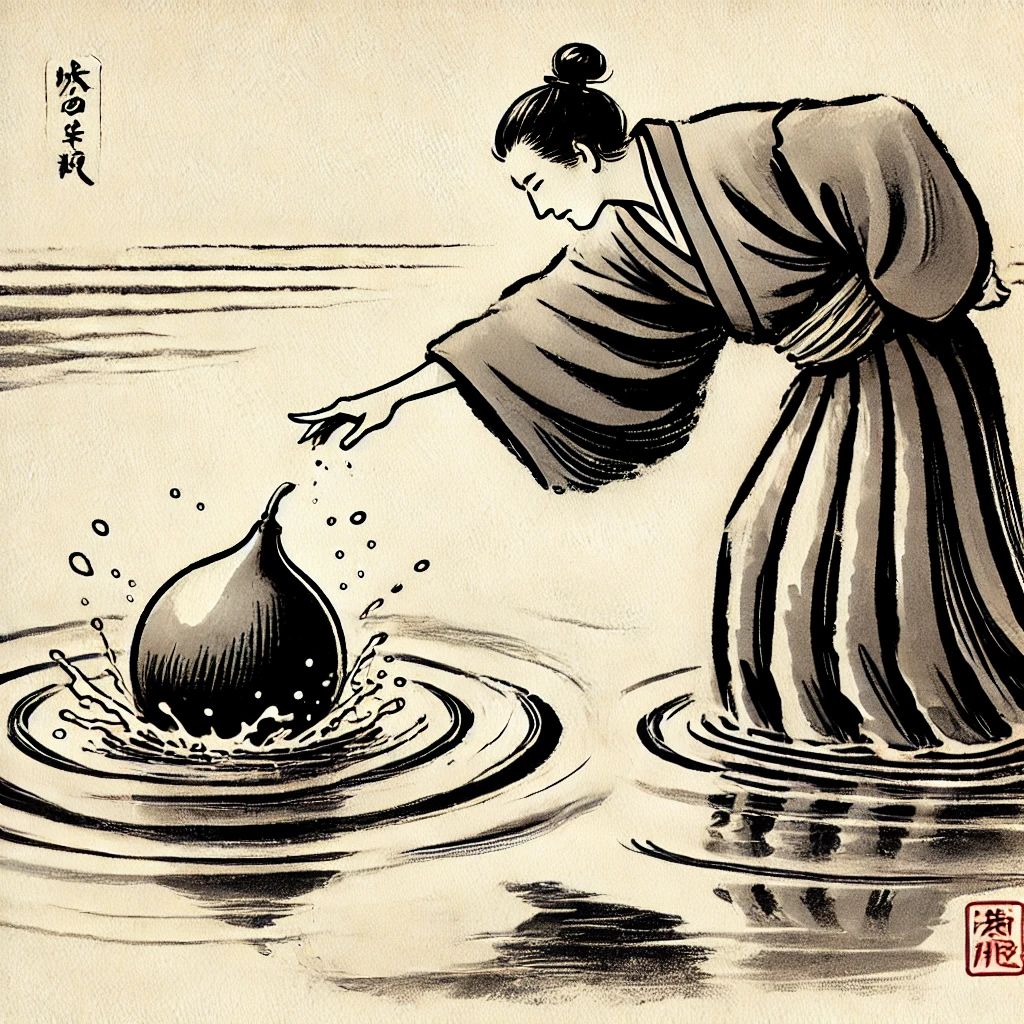
This, of course, applies to budo, but really, it’s life in general. Focus only on swinging hard at your opponent’s whatever, and you’ll miss the counterstrike. Focus too much on dodging, and suddenly, you’re right where they want you—like stepping neatly into a mousetrap of your own making. The solution? Be the gourd—light, fluid, always ready to shift. Because once you stop moving in body and mind, that’s when you get really stuck. You become rigid, and then frigid…
In a world where rigid certainty fuels division, and division in turn hardens certainty, a touch more fluidity wouldn’t go amiss—more curiosity, more adaptability, a greater willingness to see the whole forest, not just the one tree we’ve grown too fond of. That’s the mark of a heart that moves freely. I’ll leave the final word to Takuan:
“Night after night, the moon crosses the pond,
Yet it sets not its heart, nor leaves its shadow behind.”[3]
[1] Contained in Bugei Sōsho (Rangaidō, 1894)
[2] Kinoshita Toshinori, Kenpō Shigoku Shōden (Budō Shōreikai, 1914), “Kokoro dani todomaru koto no nakariseba, Ikanaru mono mo sarenu koto nashi.” p. 177
[3] “Ikemizu ni tsuki wa yo na yo na kayou domo, Kokoro mo tomezu kage mo yadosazu.”













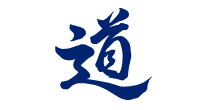
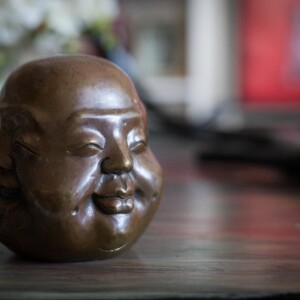
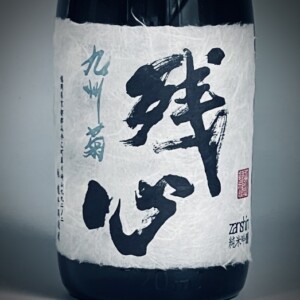
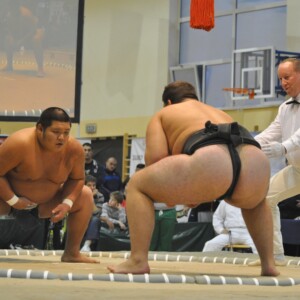
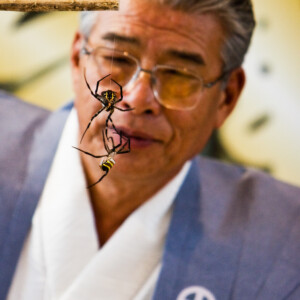
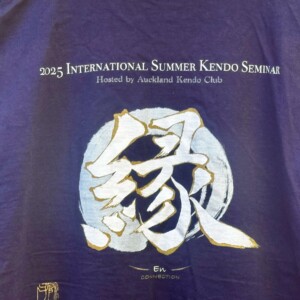

No comments yet.